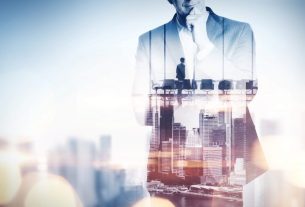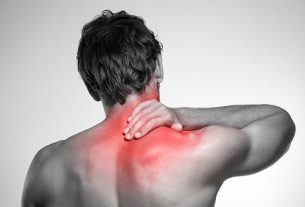A herniated disc or protruding disc can happen anywhere along the spine, but it is most common in the lower back. This disc problem is the most common trigger for lower back pain, affecting 60 to 80 percent of adults in their lifetime. Most herniated discs will resolve themselves in a matter of weeks without any surgical intervention, while the severe ones require surgery. If you have relentless lower back pain due to Lawrenceburg herniated disc, here is what the experts at Elite Physical Medicine would want you to know.
Anatomy of the spine
The spine comprises twenty-four bones known as vertebrae. They are stacked atop one another, creating a canal that keeps the spinal cord safe from external harm. The lower back has five vertebrae and in between these are intervertebral discs which are shock absorbers for the spine. They keep you safe as you walk, run, or perform other strenuous physical activities like yoga. The intervertebral discs have the annulus fibrosus (outer ring) and the nucleus pulposus (soft center).
What causes a herniated disc?
Herniated or ruptured discs usually signify degeneration, triggering more back problems. An isolated strain on your spine can rupture a disc, such as lifting heavy items. It could also happen with age as the disc tissue wears out with age, thus weakening the supporting ligaments. More so, the water content in the disks reduces over time, so they become less flexible and start shrinking between the vertebrae. Such discs become more prone to herniation.
Who is at risk of herniated disc?
Some people are more susceptible to suffering from a slipped disc than others. For instance, overweight people are prone to lower back problems due to too much pressure on that part of the body. People in labor-intensive occupations like construction or moving companies can easily have herniated discs. Other risk factors include:
- Smoking hastens the degenerative process by impeding oxygen circulation in the discs.
- Living a sedentary lifestyle
III. Driving for too long, such as truck drivers
- Improper lifting where pressure goes to the back muscles
Consult your physician
Sciatica, numbness, loss of bladder control, and weak legs are severe herniated disc symptoms. Schedule an appointment with your doctor if you notice any of these signs. They will perform the following tests to help them make a conclusive diagnosis:
- Neurological exam to see if you have lost sensation in specific muscles
- X-ray to show the structure of the vertebrae and joints
III. MRI scan on the soft tissues like intervertebral discs
- Myelogram X-ray of the spinal canal to direct pressure on the spine or nerves
- Straight leg raise (SLR) testing is ideal for patients under 35 years
Once they determine that you have a bulging disc, your physician will discuss surgical and non-surgical treatment depending on the extent of the hernia.
In the end, herniated or slipped discs are standard and treatable. You can ward off this problem by cutting back on smoking or quitting altogether and replacing that habit with safer alternatives like nicotine gum. Keeping a healthy weight through proper nutrition and regular exercise helps alleviate the pressure on your spine.




